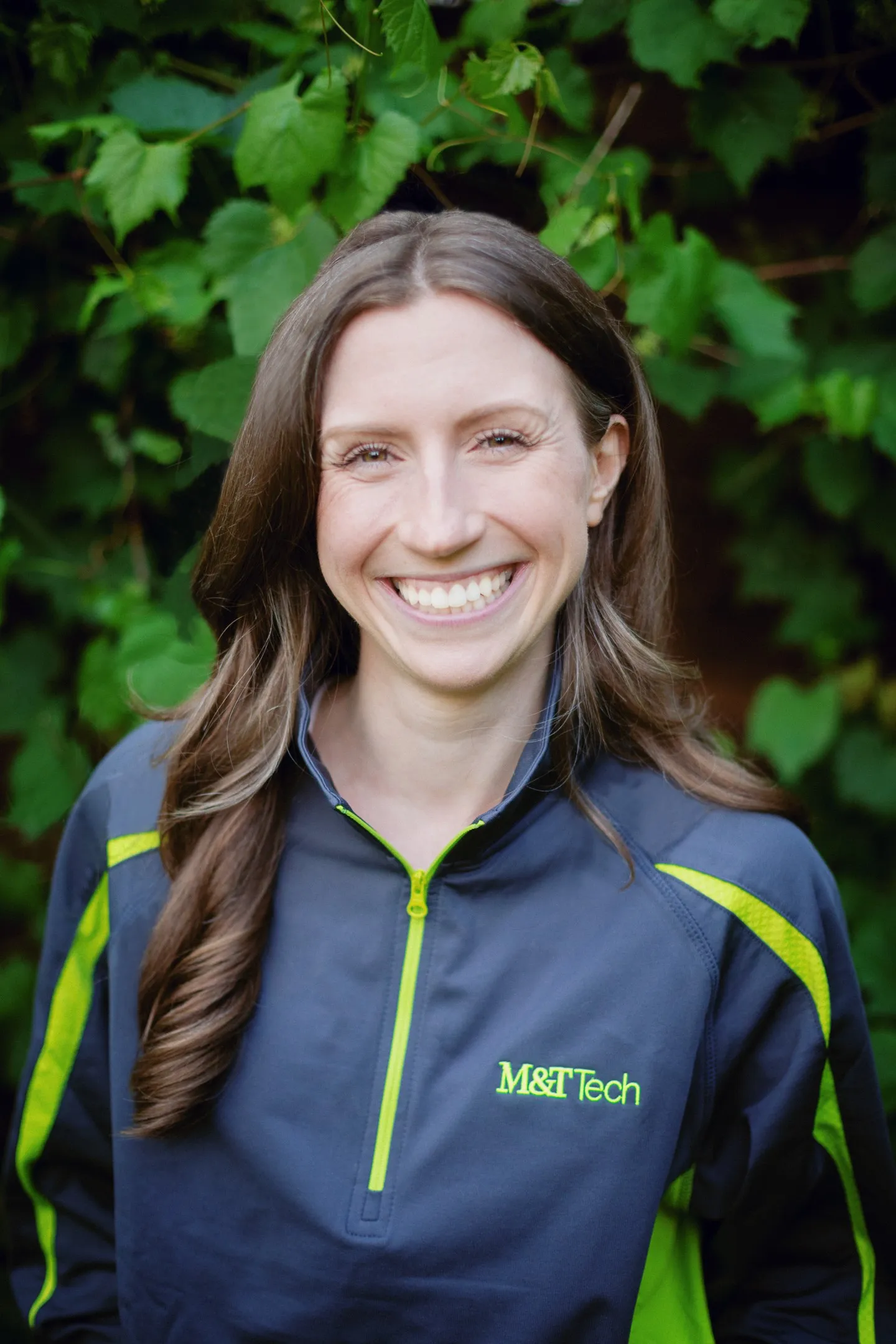In June, as the unemployment rate for technologists dipped close to the all-time low of 1.3%, M&T Bank welcomed its first cohort of 19 students into a pilot training program — a 12-week data analytics bootcamp.
Only one student opted out prior to completion. Three went on to pursue an academic degree. The rest are now employed full time, five of them at M&T.
A handful of entry-level data analysts is just a drop in the talent bucket, even for most mid-size companies with an average IT footprint. But, in a tight market for tech workers, every little bit helps.
In April, M&T acquired People’s United Financial, expanding from its base in Western New York to encompass a network of over 1,000 branches across 12 states in the Northeast and Middle Atlantic regions, from Maine to Virginia.
Ranked by the Federal Reserve as the 16th largest commercial bank by consolidated assets in June, M&T fell just outside the Fortune 500 this year, landing at 519.
Among the bank’s more than 22,000 employees are 2,000-plus technologists, including roughly 1,000 data scientists, according to Mike Wisler, M&T’s CIO.
The bank aims to add another 1,000 tech workers over the next three years. The data analytics bootcamp is one part of a broader training and upskilling strategy M&T is counting on to reach that goal.
In addition to community bootcamps, M&T initiated an in-house Tech Academy to coordinate upskilling and reskilling in cloud, cyber and data technologies, and a mainframe apprenticeship program that teaches trainees to work with Dell’s zDP software.
“We just finished the largest acquisition and integration in the company’s history with People’s United,” Wisler said in an interview with CIO Dive. “If you take a look at the zDP apprenticeship grads from the last two cohorts, they were major contributors to the success of hundreds of thousands of hours of development and conversion.”
Industry-focused training
To implement its upskilling plan, M&T partnered with vendors and training organizations, including Microsoft, General Assembly and Pluralsight, according to Jessica Corrigan, SVP and director of the bank’s Tech Academy.
Corrigan and her team took a customized approach to these partnerships.
“The vendors have a great curriculum that is just plug-and-play, so we can grab it, plug it in and teach it here,” Corrigan said. “But there needs to be a banking lens that goes on top of it. We can teach somebody all about Python, but if they don’t know how to apply it in banking, then it’s kind of lost to us.”
Currently, M&T has training tracks for beginning, middle and senior technologists, according to Corrigan. The company creates pathways with the bank’s tech managers for teams as small as four technologists, she said, and there are currently more than 1,000 technologists engaged in self-paced upskilling with Pluralsight and other outside vendors.
The goal, Corrigan said, is to impact a minimum of three-quarters of the company’s tech organization each year.

For the community bootcamps, M&T has also pursued purposeful partnerships with training companies like General Assembly, as well as with local community organizations and regional businesses in Western New York.
“We’re going to bootcamp as much as we can, some for ourselves and some for the community,” Wisler said. “I don’t expect all those folks to work for us immediately or forever. The community needs an infusion of people with those skills, even if it’s just ten or twenty at a time. In four or five years we’re going to see that we’ve built a tech community.”
Regional relevance
Buffalo is known for its wings and, of late, its Bills. It’s not a tech hub — at least, not yet. But, salaries for tech workers have risen in smaller and mid-sized cities and better talent sourcing strategies have created new possibilities outside typical technology hubs.
“Cities like Buffalo are in a race for relevance, and relevance is about talent,” Wisler said. “It takes universities, small and large companies, the non-profits and public policy to create that talent pipeline. We’re starting to see assets harmonize and collaborate in ways that I don’t think you can do in some of the coastal tech cities.”
While M&T continues to bring in roughly 100 computer science graduates each year, Wisler and Corrigan are equally focused on building up the regional tech ecosystem and recasting technology as a trade rather than just an academic discipline.
"I don’t think four-year universities are going to solve this country’s tech problem,” Wisler said. “It’s not a knock on four-year universities, but we have to start thinking about the ability to manipulate technology, particularly software, as a 21st century trade.”
Analytics as an analog to arc welding and cyber as the new carpentry isn’t such a farfetched concept, given the trajectory of the US economy.
“When you think about the power that having these skills has to change an individual’s or an entire community’s socioeconomic curve it makes it screamingly obvious to me that it’s not 'could you' or 'should you," said Wisler. "It’s 'we must.'”





















